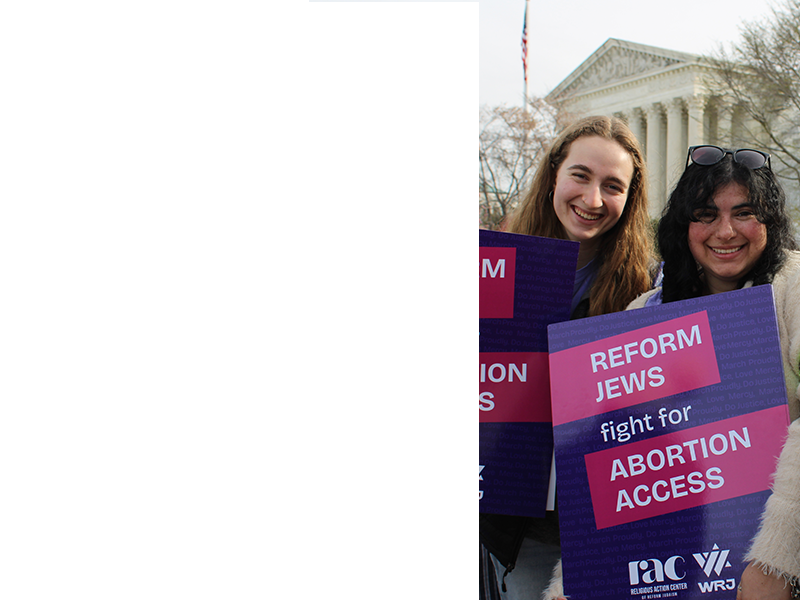The concept of “sanctuary” congregations has many definitions and applications. In the 1980s, Reform Movement congregations provided sanctuary primarily to central Americans at risk of deportation. As the Union for Reform Judaism stated in a 1985 resolution:
We are instructed in the Holiness Code (Lev. 19:33) to take to heart the lessons of our own history by treating aliens in our midst with justice and compassion. "When a stranger sojourns with you in your land, you shall do him no wrong. The stranger who sojourns with you shall be to you as the native among you, and you shall love him as yourself for you were strangers in the land of Egypt." Judaism affirms the supreme value of human life and the equal dignity of every human being. The prophets of Israel bade us to pursue justice, seek peace, and build a society of loving-kindness among all of God's creatures…
Thousands of men, women, and children are fleeing oppressing, torture, and murder and are seeking a haven in the United States and Canada… In response to this situation, hundreds of churches and synagogues have offered "sanctuary" to Central Americans fleeing violence and oppression. The concept of "sanctuary" embodies various actions, including legal assistance, material support, financial support, public advocacy and education, and/or temporary physical shelter.
Though many of the underlying issues then and now remain the same, today we are facing different challenges, and the applicable laws in each state also differ. Congregations that seek to declare themselves places of sanctuary should do so in consultation with their counsel and in awareness of local and state laws concerning immigration and the role of law enforcement. It is also best to coordinate with local immigrant advocacy and resettlement groups like HIAS, LIRS and others.
On February 9th, the RAC hosted a webinar called Learning About the Sanctuary Movement for URJ rabbis, lay leaders and congregants around the country. The webinar featured experts Liza Lieberman from HIAS, Barbara Weinstein from the RAC, Senior Rabbi Jonathan Roos from Temple Sinai in Washington, DC, Senior Pastor Rev. Robin Hynicka from Arch Street United Methodist Church in Philidelphia, Ryan Lilienthal from Ryan Stark Lilienthal Law Offices and Richard Morales from PICO. To watch that webinar, click here.
A webinar from late last year, featuring Rabbi Jonathan Klein of United For Economic Justice (CLUE) in LA, discussed the importance of providing sanctuary in our communities.
A recent New York Times article outlines the role some houses of worship are playing as sanctuaries.
A Guardian article outlines how religious groups are protecting undocumented immigrants facing deportation.
American Civil Liberties Union (ACLU) outlines your rights as they pertain to interactions with Immigration and Customs Enforcement.
For congregations that are looking to get involved in the Sanctuary Movement, here is a memo on tax-exempt organizational law to review.
Several national organizations have resources on providing sanctuary, and you can view those resources below. This list will be updated with additional resources as they become available.
Several URJ Congregations have already declared themselves Sanctuary Congregations, and the materials they used to make such a decision are linked below.

